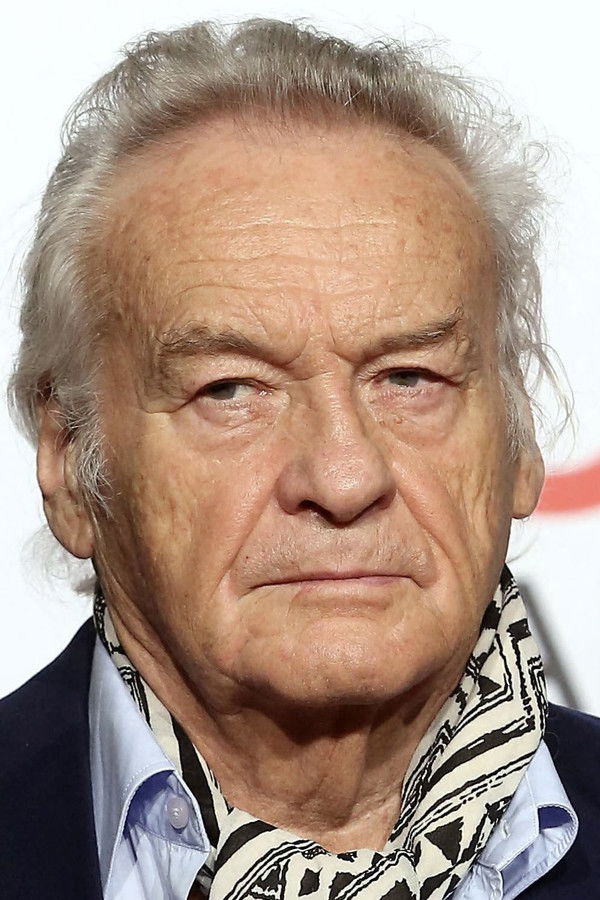Incluvie Foundation Gala - Learn More
Incluvie Movie Reviews
Jeremy Lawrence
December 21, 2022

3.5 / 5
INCLUVIE SCORE

4.5 / 5
MOVIE SCORE
EO, More Than Just a Lost Donkey
In a cinematic day and age when homo sapiens have rinsed and reframed their own narratives ad infinitum, a non-human perspective on the human experience is a welcome change. Each person comes with their own set of preconceptions and perceptual limitations, and we can only imagine what it would be like to see the world through, say, the eyes of an orphaned circus donkey. Such is the dark delight of Jerzy Skolimowski’s EO, which tosses the human point of view aside for a much more modest and less ostentatious narrative lens. Having won the Jury Prize at Cannes, and recently named the best film of 2022 by New York Times film critic Manohla Dargis, EO is a story about a wandering donkey that is by turns comedic, painful, visually ravishing, and surprisingly human.
The film makes splendid use of the “innocent witness” device to catalogue the moral ills petty squabbles, casual violence, and domestic tragicomedies of humanity, while representing the perspective of the dispossessed and the exploited. The film’s titular protagonist, a member of a marginalized community from the get-go, devalued in comparison to his sensuously-filmed show horse relatives, plays stand-in for all creatures, human or animal, who have been relegated to the role of de facto recipients of society’s cruelty.
Utilizing the passive subjectivity of a hoofed mammal—whose expressionless and mute demeanor acts as a blank canvas upon which the viewer’s emotions are reflected—the film paints a collage of human interactions as seen through EO’s point of view. After being separated from his comfortable, if imperfect, life with a circus troupe, and the caring arms of his performance partner, Kasandra (Sandra Drzymalska), by an animal rights group who fails to see their ostensible activism to its conclusion, EO embarks on a peregrination across the Polish countryside. He is shipped from one farm to another where the working stints are short-lived.
In an apparent search for something more closely resembling a life of fulfillment (though the donkey never tells us what he is looking for), EO has a habit of ditching one situation and wandering into another. The constant question of “what else is there?” seems to loom just on the horizon, somewhere beyond the red-drenched wilderness shots of bubbling rivers and skeletal trees reminiscent of 2001’s Star Gate Sequence. The film imbues a mysteriously restless personality into EO’s itinerant nature.
[read more]Pictures and Videos

Movie Information
The world is a mysterious place when seen through the eyes of an animal. EO, a grey donkey with melancholic eyes, meets good and bad people on his life’s path, experiences joy and pain, endures the wheel of fortune randomly turn his luck into disaster and his despair into unexpected bliss. But not even for a moment does he lose his innocence.
Rating:
Genre:Drama, Adventure
Directed By:Jerzy Skolimowski
Written By:Jerzy Skolimowski, Ewa Piaskowska
In Theaters:11/18/2022
Box Office:$1,068,353
Runtime:88 minutes
Studio:Skopia Film, Alien Films, HAKA Films, MiC, Regione Lazio
Cast
Articles You May Like
'Killers of the Flower Moon'(2023): A Beautiful Tragedy
This captivating film can only be truly appreciated by seeing it firsthand. There are not enough words to describe the terrible beauty one experiences while watching it.
The Good Deeds in ‘A Good Person’
‘A Good Person’ makes it clear that forgiveness is hard.













